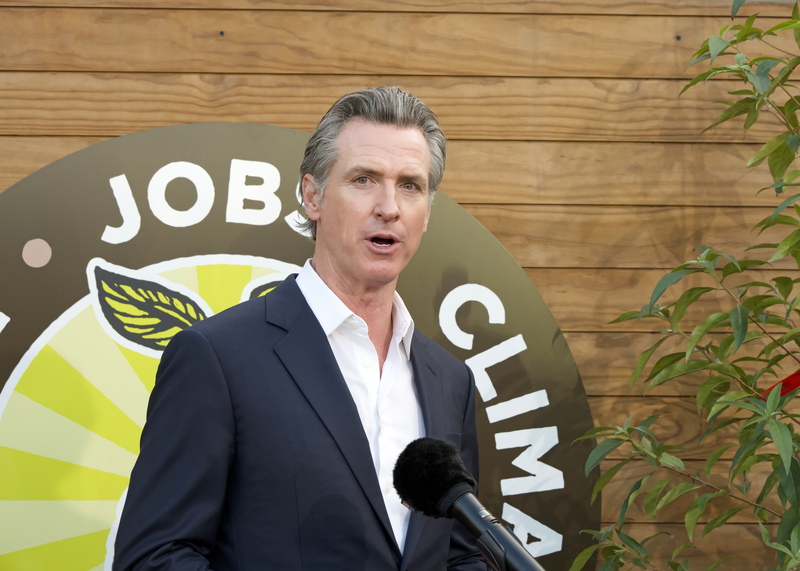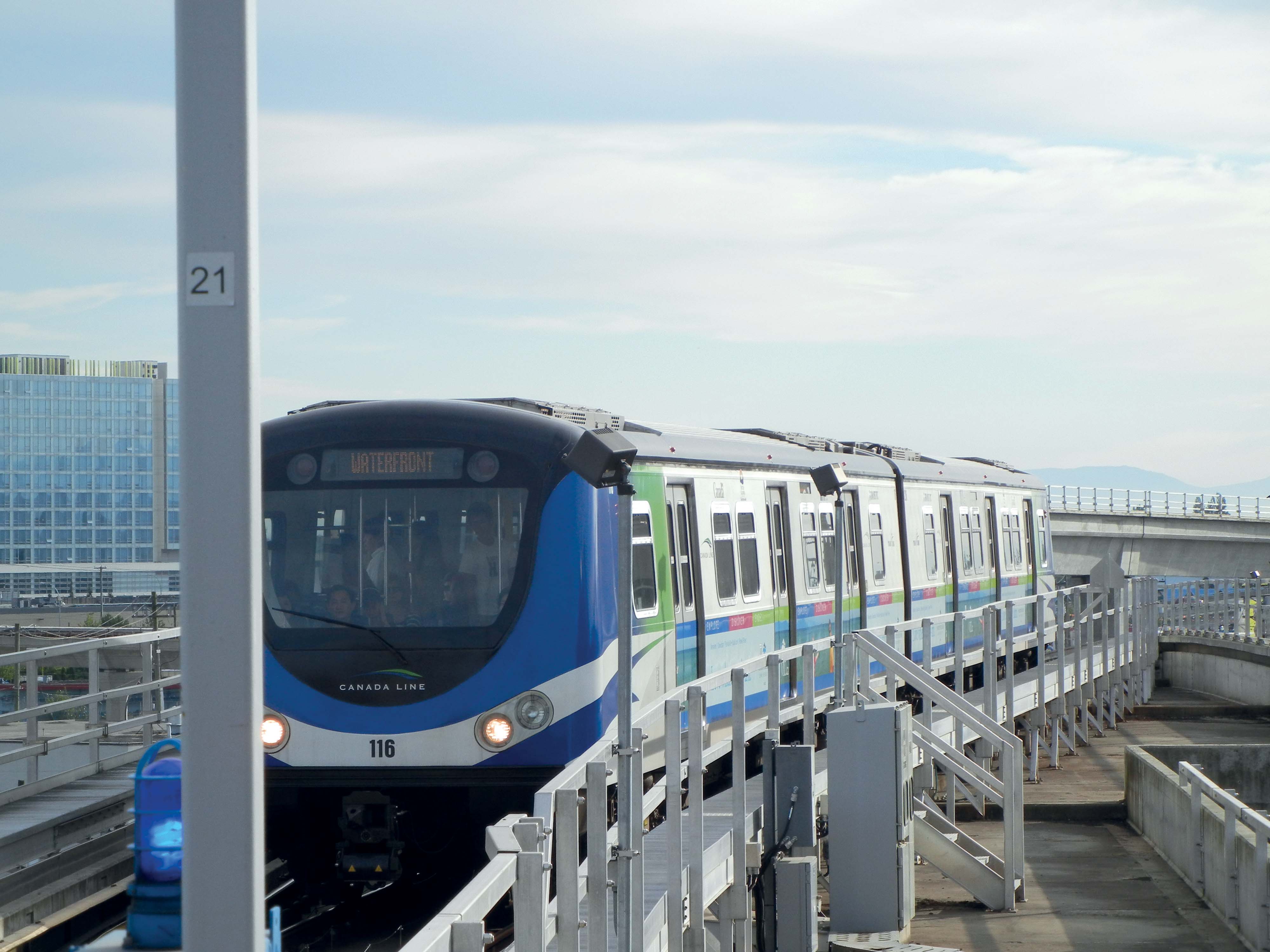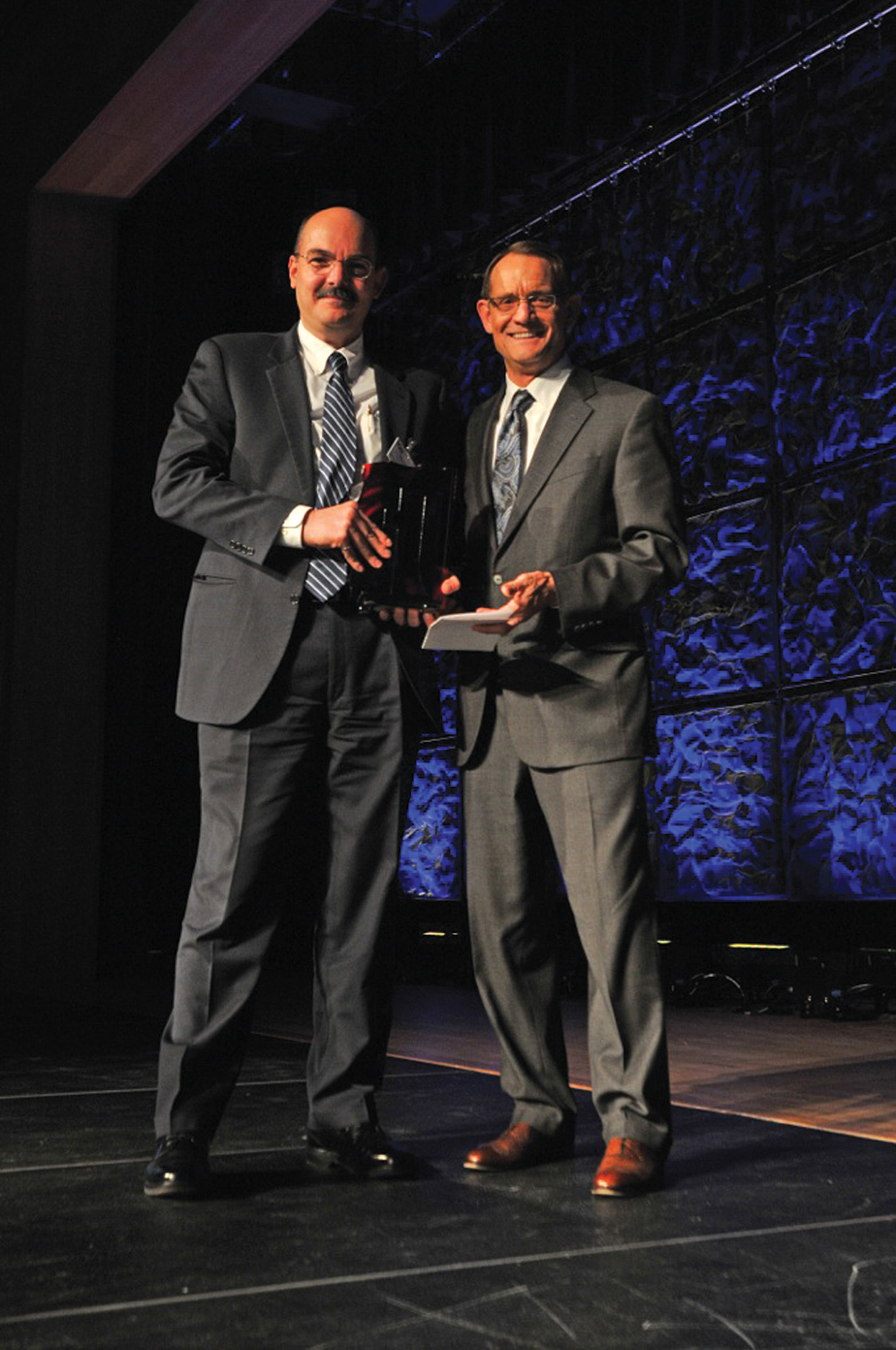
As bold moves aimed at reducing greenhouse gas emissions have been introduced in California, David Crawford looks at the ramifications for transportation.
California Governor Jerry Brown’s recent dramatic raising of the bar on emissions reduction policy for the state has won him praise from Japan, Australia, Europe and the secretariat of the critical UN conference on climate change being held in Paris in November/December 2015. His April 2015 executive order aimed at bringing emissions to 40% below 1990 levels by 2030, tops already ambitious targets created through state cap and trade programmes, which put prices on industrial carbon emissions and create funding for environmental and transport improvements.
In parallel
This is set against a background in which transportation is a major contributor to California’s problems. It is, despite decreases in recent years, still responsible for 36% of the state’s total greenhouse gas emissions, making it the largest single source of pollution, with emissions from on-road sources accounting for 92% of the sector total.
These figures explain why, in his 2015 inaugural address, Governor Brown gave, as one of his “ambitious goals” for achievement over the next 15 years, the reduction of current levels of petroleum use in cars and trucks by up to 50%. Another called for an increase from one-third to a half in the share of electricity, for charging alternatively-powered vehicles, derived from renewable and non-polluting sources.
Electric vehicles
Heavy emphasis will lie on encouraging the less well-off to take up electric vehicles (EVs). But EVs are only part of a wider programme and the California legislature is now deciding on the mechanics for implementation and the specific contributions of Caltrans.
This agency’s 2015-2020 Strategic Management Plan sets out broad period-end targets:
- Tripling levels of cycling and doubling the use of transit and walking from a 2010-12 California Household Travel survey baseline;
- A 15% reduction in vehicle distances travelled per capita relative to 2010;
- A 15% reduction in greenhouse gas emissions from 2010 levels to those of 1990; and
- Delivering real-time multimodal travel information on 50% of the state’s key top integrated corridors, to reduce congestion and encourage mode shift.
- Highly‐connected multimodal networks, with ‘complete streets’ designed for safe access and use by all;
- Communities where walking, bicycling and transit use are common options;
- A supply of housing that allows people of all incomes and abilities to live within reasonable distance of their most often visited destinations; and
- An inter‐regional network for longer‐distance travel and freight movement. Progressing these will be subject to performance measures including emissions reduction targets.
The location efficiency concept will work in parallel with a hierarchy of defined ‘smart mobility place types’, including urban centres, suburbs, ‘dormitory’ communities, walkable neighbourhoods and historic or rural towns. These are intended to serve as reality checks for the deployment of mobility initiatives.
Strategies
Caltrans sustainability spokesperson Steven Cliff told ITS International: “The place types are a key tool that can be used to implement smart mobility. Transportation and land-use strategies can be applied to them and the outcome would be different depending on what the type is.
“For example, transit-oriented development is a strategy that may be used within multiple place types. But it is necessary to identify the characteristics of the particular location it is destined for, to decide how it would best function and to what extent it would achieve its desired targets, including emission reductions.”
Caltrans has already run an implementation pilot study incorporating the SMF approach into a corridor system management plan for the San Francisco Bay region and a long range transportation planning process in the Los Angeles region. The result, says Cliff, is “a replicable process for incorporating smart mobility into comparable efforts throughout Caltrans and partner agencies’ work.”
The agency is now giving priority to three closely-related tasks aimed at speeding up SMF adoption.
First, it is integrating the key principles into departmental guidelines and introducing place types categorisation into multimodal long-range (20-25 year) transportation concept reports on segments of key state corridors.
Second, it is building an SMF learning network (including a series of expert forums) for practitioners in transportation as well as urban planning and development. These will thrash out the practical nuts and bolts of location efficiency, and of the application of place types criteria to mobility proposals.
Third, it has started work on a ‘Transportation Analysis Guide/ Transportation Impact Study Guide (TAG/TIS)’, a standardised analytical framework for multimodal transportation planning with location efficiency and place types as central elements.
Electric vehicles
Governor Brown’s drive to reduce petrol consumption is built on firm behavioural foundations. Over the period December 2010 to August 2014, Californians bought 102,240 electric plug-in cars. That represents around 40% of America’s EV purchases and more than in most other countries, according to Christine Kehoe, executive director of the California Plug-in Electric Vehicle Collaborative.
A September 2014 Senate Bill, signed off by Governor Brown, commits the state to put 1.5million zero-emission vehicles on the road by 2023, aided by financial incentives to make them affordable and accessible for lower-income households. One effect will be to make it easier for tenants of apartment blocks to have charging stations installed in their buildings.
Follow-up action has been fast. In July 2015, the California Air Resource Board, which aims to ensure safe, clean air to all Californians, awarded one of the US’ most polluted cities, Los Angeles, a US$1.7 million grant for a pilot project to double its current level of car sharing. The city is placing 100 new EVs and supporting recharging equipment (including an innovative system that takes advantage of existing street lighting poles at parking spaces) in its most disadvantaged low-income communities, where they will be available for sharing by over 7,000 potential users.
Comments LA mayor Eric Garcetti: “Our EV car sharing pilot is a perfect example of how our state’s cap and trade dollars should be put to work: providing transportation options for Angelenos in need, and helping us achieve our clean air goals.” The city’s first Sustainability Plan, published in April 2015, points out that Angelenos currently waste 64 hours in traffic each year, making theirs “the most traffic-congested major city in the US.”
Currently only 16% of LA’s population walk, cycle or take public transit on their daily commute; while fewer than half live within 0.4km of good-quality transit. In a clear endorsement of the location efficiency concept, the Plan states that, by 2035, the proportion of new housing units built within 0.4km of transit will be at least 65%.
At the same time, the San Diego Association of Governments has been offered US$300,000 to expand an existing free-floating all-EV car share system into two heavily-disadvantaged communities.
A constructive county
Among California’s local government agencies, which are the major means of implementing and enforcing state legislation as well as generators of their own initiatives, one of the liveliest is Contra Costa County. Lying across from San Francisco on the eponymous Bay, it has a rising reputation for transport innovation. Discussing the Brown initiative, Contra Costa Transportation Authority (CCTA) executive director Randy Iwasaki – who was previously director of Caltrans - told ITS International: “As with every major initiative, the devil tends to be in the detail - sometimes governments like to over-regulate.“In this case, I hope that state lawmakers will craft thoughtful legislation that allows for innovation, creativity and imagination in developing strategies to achieve pollution reduction goals. This approach will be especially relevant, since many local agencies are already working on initiatives that support the Governor’s goals.”
Recently, for example, the CCTA opened its GoMentum Station programme at a 2000ha former US navy weapons station, now claimed as the world’s largest secure vehicle test complex. It offers 32km of roadways, with tunnels and flyovers, and buildings that can be configured to simulate urban environments for trialling connected vehicle/automated vehicle technologies in controlled conditions. Investigations by the US Center for Urban Transportation Research indicate that individual automated vehicles can cut fuel consumption (and thus emissions) by 20%.
Two automakers –
The county is also pushing a concept it calls ‘City 5.0’, which aims to knit tighter connections between the places where people live, work and play. Says Iwasaki: “If you can reduce the amount of auto travel needed for the majority of the population to get to where they need to go on a daily basis, you can make a significant impact on the environment.”
For example, CCTA has started an EV ridesharing project along its sector of Interstate 80 (I-80). It is currently looking at creating a subscription-based, electric autonomous vehicle fleet to connect residents to transit and at locating clean manufacturing plants closer to residential areas to provide local jobs. Also on the agenda is upgrading and extending the transit network to deliver potentially on-demand services.
“Overall”, says Iwasaki, “California continues to be a leader in transportation technology in the US, and I believe that this new mandate will spur new innovation and fresh partnerships between the private and public sectors. Government and industry have already been working together to make cars and transit vehicles smarter, in a move towards a vision of zero traffic deaths, and that is a goal we will aggressively continue to pursue.
“Change tends to happen first at the local level in California, since cities and their agencies are directly serving the public every day. I believe that you’ll start to see these agencies pioneering some creative ideas on achieving significant pollution reductions while still getting people where they want to go.”
ITS International invited ITS California to comment on the implications for the industry of these heightened levels of activity, but had received no response by the time that this issue went to press.
Driving towards emissions reduction
Governor Brown claims his initiative is "the most aggressive benchmark enacted by any government in North America to reduce dangerous carbon emissions." His target brings the state in line with commitments already made by the 28 member countries of the European Union.
Two key forces are driving him. The first is the state's worsening weather conditions which have recently included the loss of snowpack (melting in summer boost fresh water levels), droughts, wildfires and heat waves, all of which he attributes to pollution-generated climate change.
The second is Pope Francis, whose 2015 encyclical (circular letter) subtitled Care for our Common Home – issued to influence the UN conference - accompanies Brown on his global round of environmental summits. It contains the Vatican's first-ever pronouncement on traffic issues, which stresses the “suffering” caused by congestion and the need for “substantial improvements” in public transport alternatives which currently “force people to put up with undignified conditions.” The Vatican has also hosted a July 2015 summit of city mayors, where Governor Brown was an invited expert, and New York City mayor Bill de Blasio announced that he was setting the same targets as California.











